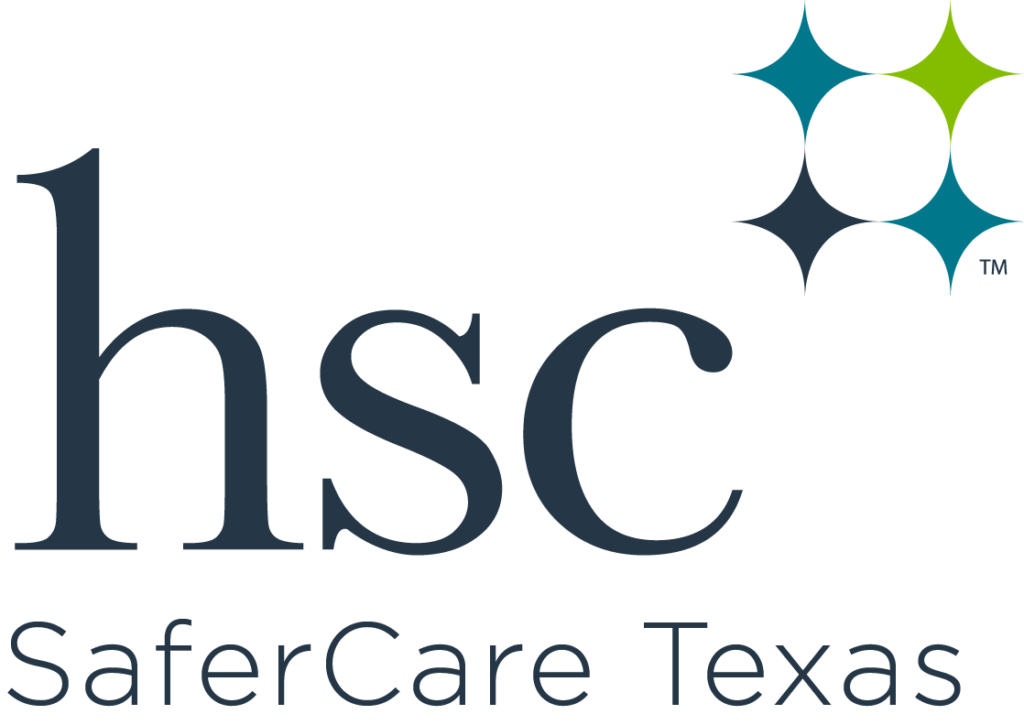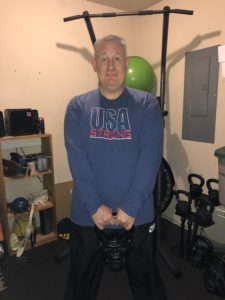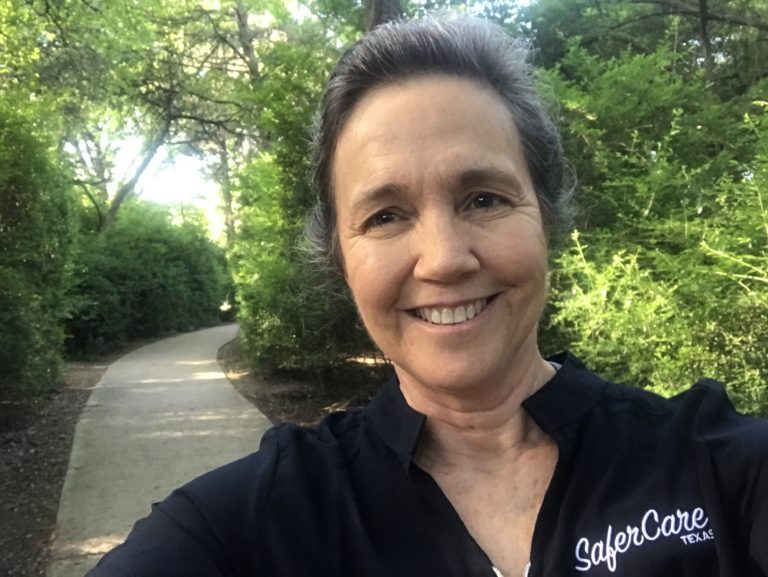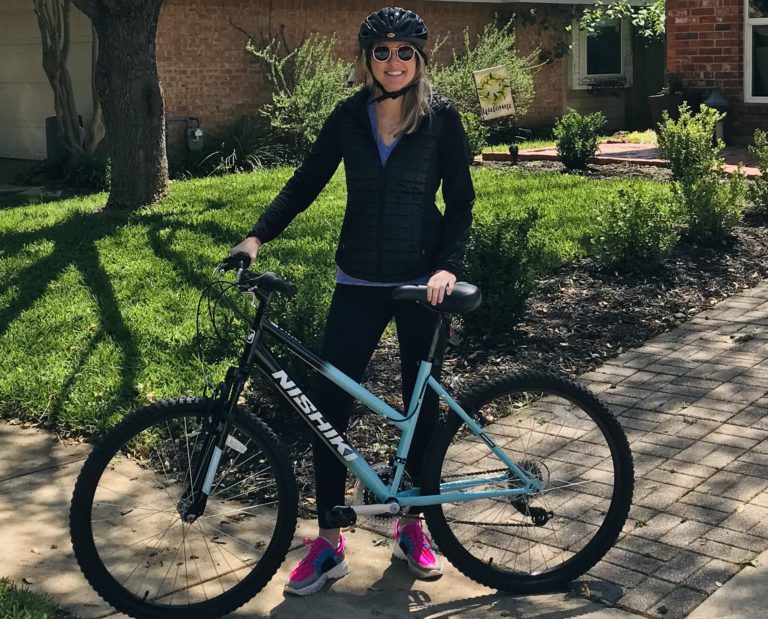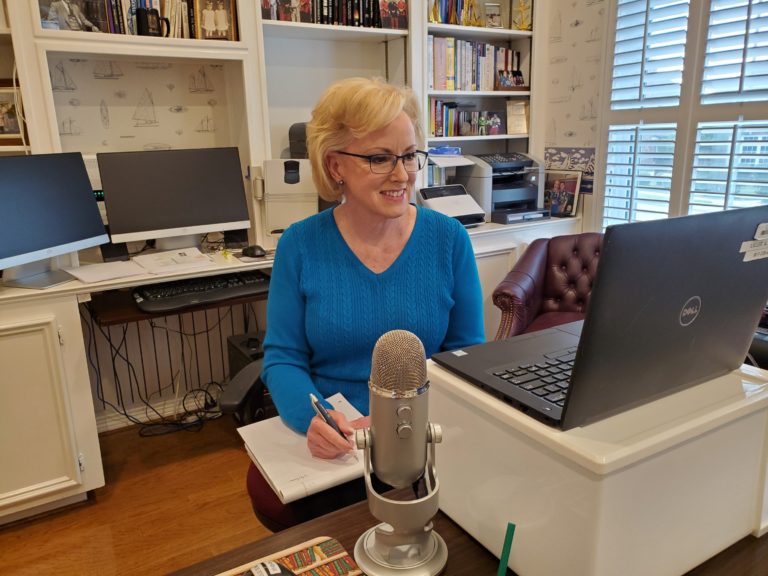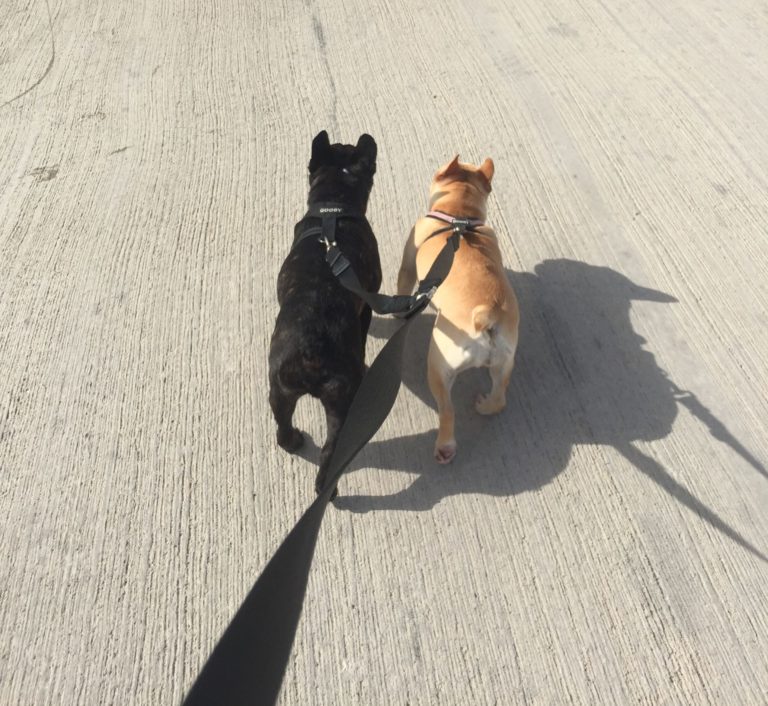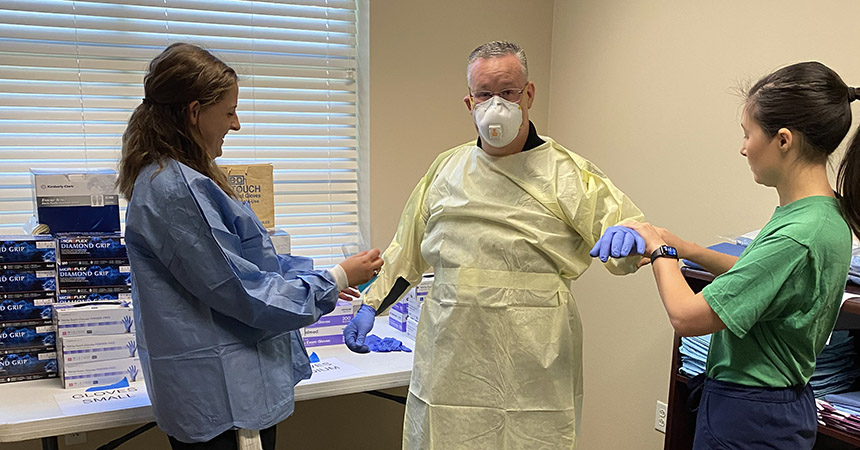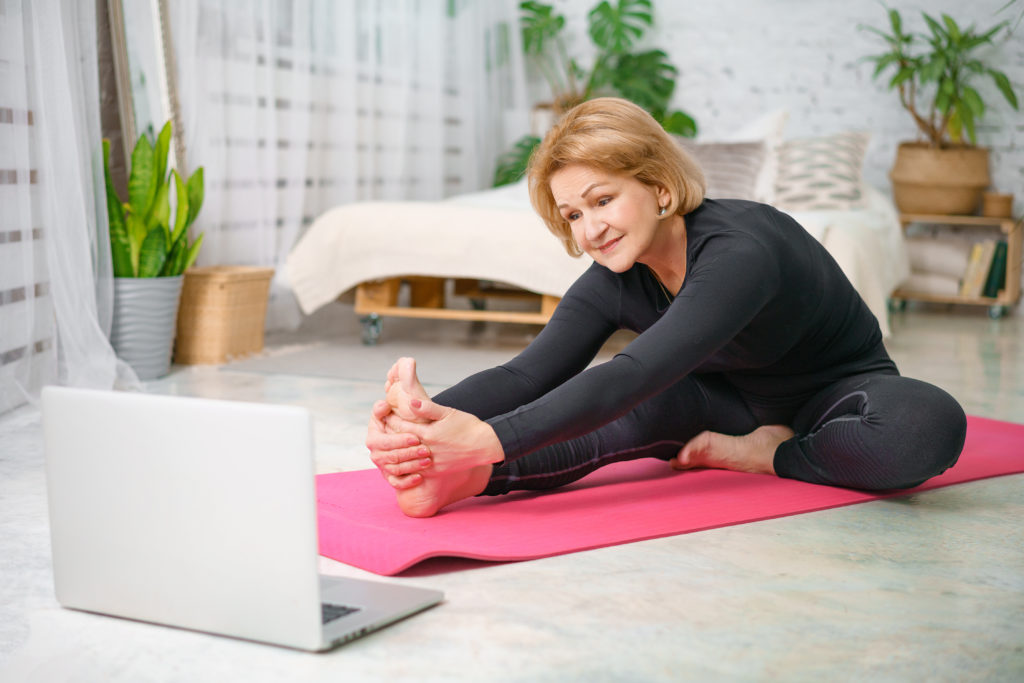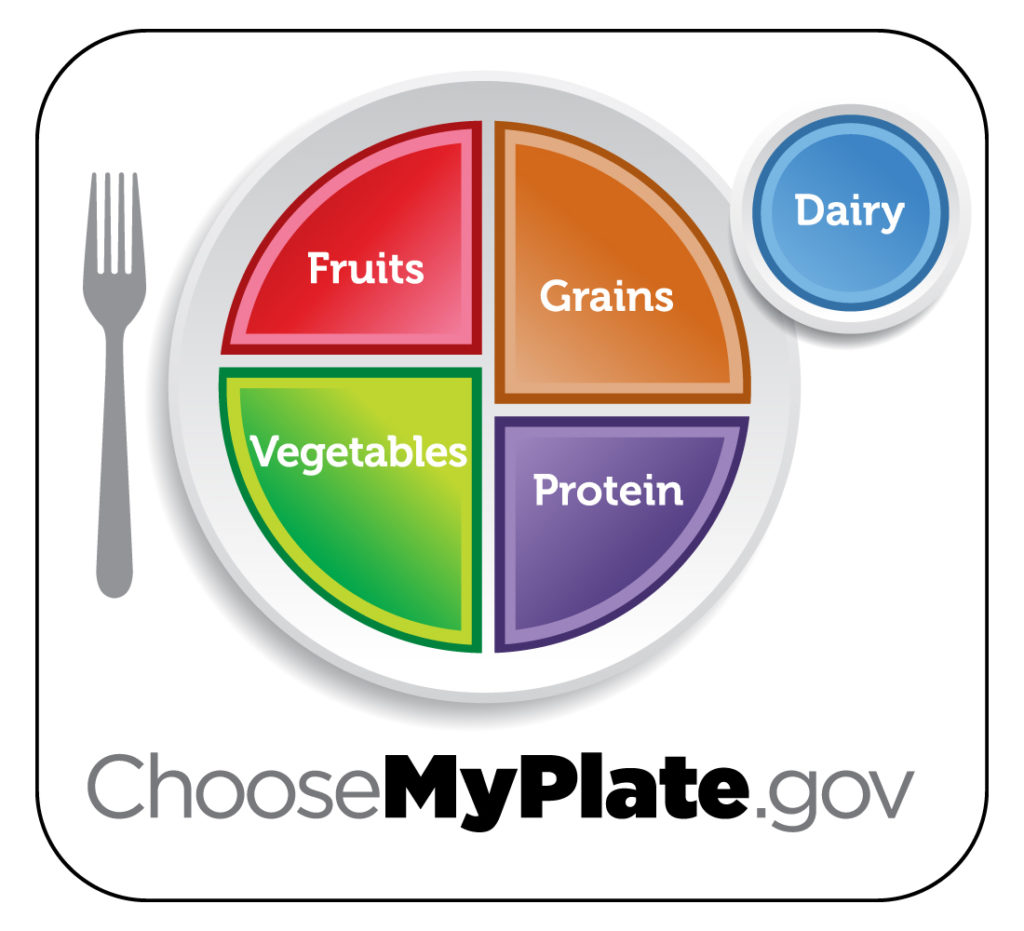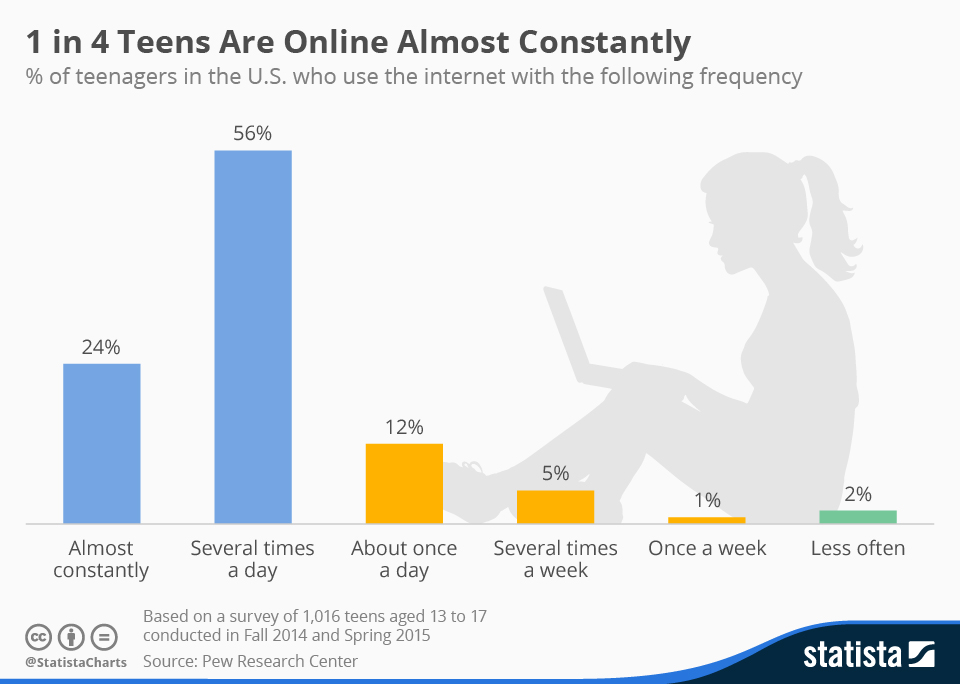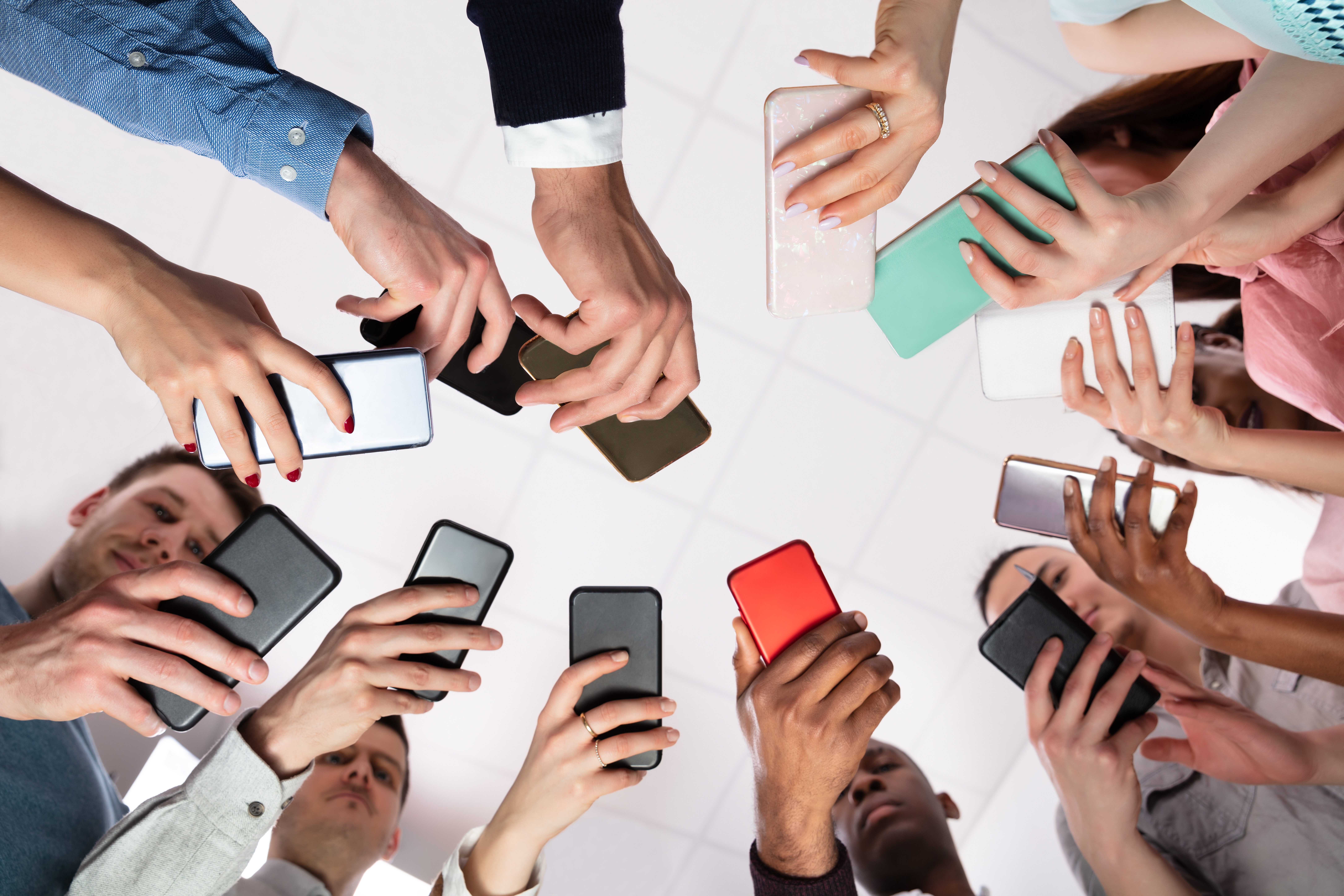‘Pandemic’ vs. ‘infodemic’ which is causing more harm?
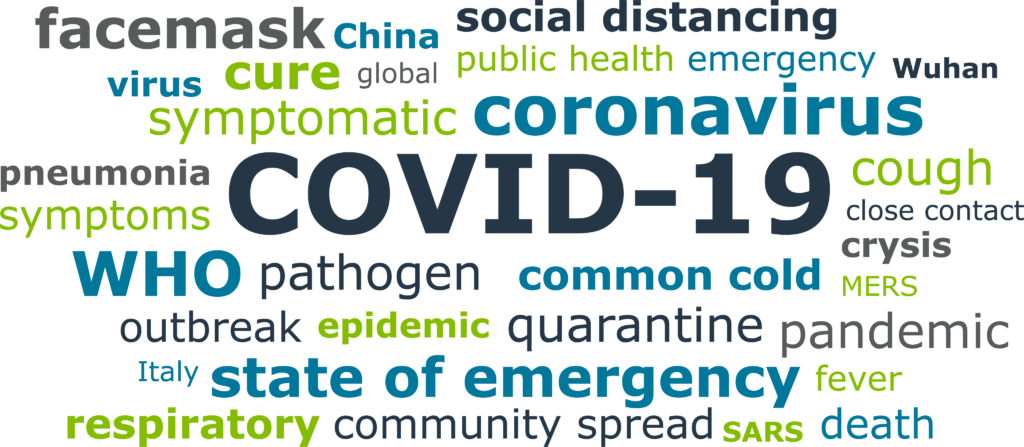
Health information around COVID-19 arrives relentlessly through email, social media, traditional media, personal messages, health care providers, government press conferences and organizations trying to contextualize advice in a relevant way for their communities. People are bombarded with information using words like “underlying conditions” and abstract statements like “flatten the curve” and “trajectory models.” In an article discussing this “global epidemic” of hard to understand information spreading rapidly through social media platforms and other outlets, Zarocostas proposes this lack of health literate information has already had devastating consequences to public health, wellbeing and economies across the world.
The U.S. Department of Health and Human Services defines health literacy as, “the degree to which individuals have the capacity to obtain, process, and understand basic health information and services needed to make appropriate health decisions” (USDHHS, 2015). Health literacy has been shown to have a direct link to poor health outcomes such as being seen in Covid-19 especially disproportionately in minorities across the country. It is estimated that approximately 80 million U.S. adults have limited health literacy, with rates higher among the elderly, minorities, poor persons and those with less than a high school education (Kutner, Greenberg, Jin, & Paulsen, 2006).
The CDC reported data on coronavirus racial breakdowns released on April 9, 2020 which indicated a population of 59% white, 14% Latino and 18% black. In contrast, 45% of hospitalized coronavirus patients were white and 8% were Latino, while 33% were black, “suggesting that black populations might be disproportionately affected by COVID-19” (ABC News, 2020). At the same time, Louisiana released data showing that while African-Americans only make up 32% of the population they account for 70% of the deaths in the state (LDOH, 2020). In an interview with NPR, Director of the Maryland Center for Health Equity, Dr. Stephen Thomas stated, “The impact of this virus will follow the same patterns that we see in other diseases in our country, which is that there is a differential outcome for racial and ethnic minority groups” (Summers, 2020).
Why do these disparities exist? Do people understand the health messages being abundantly released? If so, why were they slow to self-isolate or take other precautions to prevent the spread of Covid-19? The pandemic has left everyone scrambling for answers. What we do know, in the United States, studies have shown that those with lower education, less income, and individuals from ethnic/racial minorities are more often afflicted by worse health compared to more socially advantaged groups (Braveman, Cubbin, Egerter, Williams, & Pamuk, 2010). However, enhancing health literacy in populations and systems is critical not only in socially disadvantaged groups but across all demographics. According to White House Coronavirus Response Coordinator Dr. Deborah Birx, “We really need to make sure that every household is aware of what it’s going to take to protect the individuals in the household.”
In the face of a crisis, such as the current COVID-19 pandemic, health literacy becomes a global resource and community asset. Health literacy issues have been traditionally viewed as deficits in knowledge and skills of people affecting their ability to manage health issues. Recently, adverse outcomes have been recognized as dynamic systems issues involving the complexity of navigating technical health information and exceedingly complicated health care systems. In this emerging view, much more of the responsibility for patient knowledge is borne by the source of communication. As we move forward into recovery of this pandemic, we need to abate the preventable harm and “flatten the curve” of complex information. By using health literate approaches to stop the “infodemic,” we can provide understandable and actionable information, where people need information and how they need the information to stay safe, healthy and well.
At SaferCare Texas, we offer a variety of toolkits and resources to enhance your health literacy: What About Mom, WebLitLegit, C.L.A.S Training. Feel free to contact us with your health literacy questions.
Author: Teresa Wagner, DrPH, MS, CPH, RD/LD, CHWI, DipACLM, CHWC
Braveman, P. A., Cubbin, C., Egerter, S., Williams, D. R., & Pamuk, E. (2010). Socioeconomic disparities in health in the United States: what the patterns tell us. American Journal of Public Health, 100 (Suppl 1), S186–S196. https://doi.org/10.2105/AJPH.2009.166082
Haslet, C. (April 8, 2020). CDC releases new data as debate grows over racial disparities in coronavirus deaths. ABC News. Retrieved from https://abcnews.go.com/Politics/cdc-releases-data-debate-grows-racial-disparities-coronavirus/story?id=70041803
Kutner, M., Greenberg, E., Jin, Y., and Paulsen, C. (2006). The Health Literacy of America’s Adults: Results From the 2003 National Assessment of Adult Literacy (NCES 2006–483). U.S. Department of Education. Washington, DC: National Center for Education Statistics.
Louisiana Department of Health (LDOH). (2020). Public Health: Coronavirus (Covid-19). (2020). Retrieved from http://ldh.la.gov/coronavirus/
Summers, J. (2020). Racial Disparities in Covid-19 impact emerge as data is slowly released. National Public Radio: All Things Considered. Retrieved from https://www.npr.org/2020/04/09/831174878/racial-disparities-in-covid-19-impact-emerge-as-data-is-slowly-released
U.S. Department of Health and Human Services (USDHHS), Office of Disease Prevention and Health Promotion. (2015). Health Literacy Online: A guide to simplifying the user experience. Retrieved from https://health.gov/healthliteracyonline/
Zarocostas, J. (2020). How to fight an infodemic. The Lancet, 395, 676.doi:10.1016/S0140-408 6736(20)30461-X.

